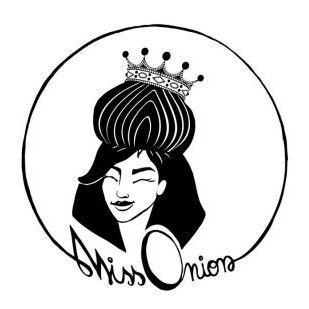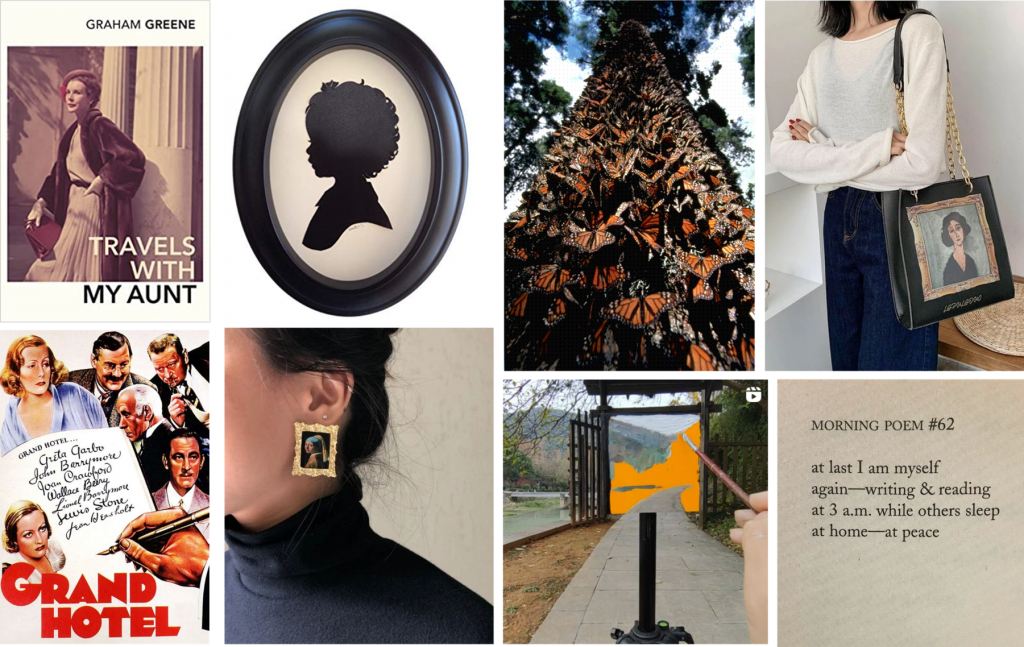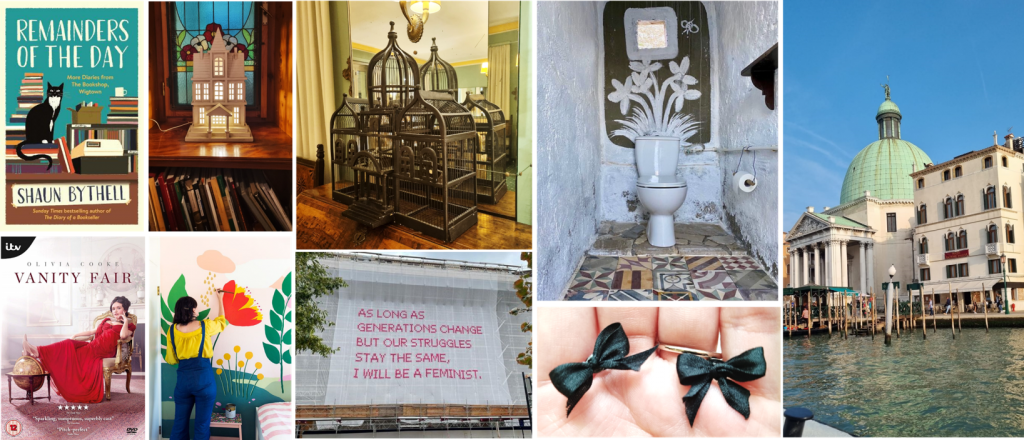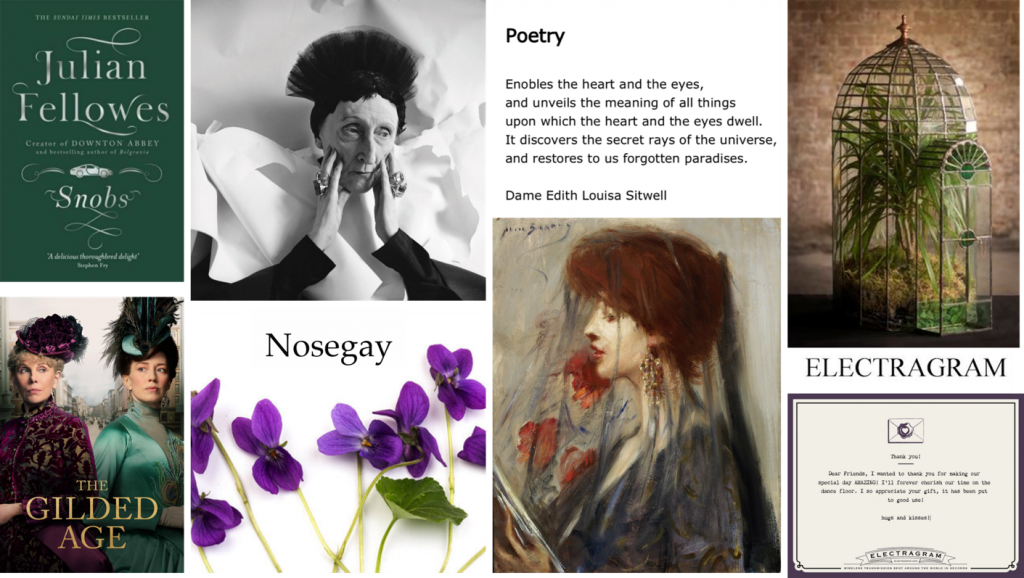Look at Me, by Anita Brookner
I shared another Anita Brookner book, Hotel du Lac, not too long ago, and here I am with a new one. I appreciated the first for being set in a hotel and for its apparently monotonous and very moody atmosphere, which made me actually feel quite cosy and wanting to spend more time there, among the strangely distinctive yet familiar guests.
Look at Me has a library, among others, as one of the main locations, another favourite space. But what won me all over again is the same strange feeling that things are not exactly as they seem, that some facts are being left unsaid, that there is more than meets the eye. It’s mysterious and gloomy without feeling oppressive (at least until the end), like everyday life sometimes is.
I can’t help being attracted to complex and peculiar female characters, like Fannie is here, it’s just so enticing. What happens ultimately seems to matter less…but I am glad for the open ending that allows me to go beyond the implied disappointment and tristesse.
Having just discovered Anita Brookner a couple of months ago, I have quickly become a big fan!
Ted Talk – A Tailored History of Who Wears What – and Why
I used to watch Ted Talks like binging the latest hit series on Netflix, to the point that I got a bit tired of it after a while. But even though I don’t watch nearly as many as I used to, I always keep an eye on their newsletters and other channels for what’s new. That’s how I found this talk, by law professor and author Richard Thompson Ford about who wears what and why, inspired by his book Dress Codes: How the Laws of Fashion Made History.
It is, granted, a very brief account of how sartorial choices have always been regulated and still are, even if we might think otherwise. In his words, from the late Middle Ages, fashion became shorthand for status and identity and belonging and wearing the wrong clothing could be considered a type of fraud. Thus, the elite had to pass laws to protect their right to wear certain fashions exclusively, like jewels, precious stones, furs and red silk, restricting these by law to the aristocracy and the royalty.
I have always been interested in clothes, their history, the semiotics of fashion and style and I have read some exceptional books on the topic, most notable I would say was Seeing Through Clothes, by Anne Hollander. I’d need to re-read it (it’s been over 10 years) to be able to give more of a review or explanation, but trust me on this one, I fully recommend it.
I leave you with the wise words of this Ted Talker – Trying to pretend that we don’t care (about what people wear) when we so obviously do, isn’t the answer, it can even turn into a more subtle and insidious dress code in itself.
Layering Cuffs, Collars and Button Covers
Talking of clothes, this week I stumbled, I think for the first time, over the idea of layering cuffs and in my mind, I made an instant connection with the trend of the detachable collars, like the ones I used to wear with my school uniform when I was little, which seem to be everywhere at the moment. I also remembered recently spotting an ad on Instagram for button covers, called ‘jewellery for clothes’, also new to me (but definitely not new), and thinking the idea is quite clever.
I believe all these add-ons point to the same trend, of wanting to be able to quickly elevate our clothes in different ways, to suit different occasions or styles. And I resonate with this idea a lot, particularly as I am in the long-term process of adding more investment pieces to my wardrobe and reducing considerably the number of items I already own, favouring quality over quantity.
And, to the point of the Ted Talk shared above, layers, particularly purely decorative ones, can be a sign of status and wealth too, not serving any basic or functional purpose and signalling disponibility to think of and spend on such details.
Well, should you find yourself in such a privileged position and favouring the trend of layering such clothes accessories, my tip for you is to be sure to browse the likes of Etsy or eBay for vintage or handmade pieces, to avoid looking like everyone else at the high peak of a trend.
First Museum Storage Rooms Open to the Public
This week in museum news, Museum Boijmans Van Beuningen in Rotterdam became the first in the world to permanently open the doors to their storage facilities to the public. The plans were first announced in January 2020, and this article provides an insightful overview of similar efforts and initiatives in progress at other big cultural institutions in the world.
What people, myself included, don’t often realise is that only a small fraction of a major museum’s collection (could be as low as 6%-7%!) is actually displayed at any given time, with the overwhelming remaining items being kept in storage. With most museums, I believe, you can request to view specific items that are in storage, if you know about these. You might also need a legitimate reason, and an appointment too.
Source – The Depot Boijmans
It’s impossible for everything to be displayed all the time, for various reasons, the most obvious being the lack of space, but also because of conservation effort. What opening the storage means is that people will also get to peek ‘backstage’, see how items are being preserved, what the work and the people behind the scenes are.
I, for one, find it fascinating, and I think I should plan a trip to the Netherlands soon, it’s been a while.
Ask the Strategist Gift Edition
I have a confession to make, I love browsing gift guides! Most often than not, I don’t do it with any practical aim in mind (like… finding a gift for someone!) I do it because I enjoy seeing what’s out there. I even put together my own version of a gift guide last year, featuring Uncommon Places to Find Exquisite Gifts. Have a look!
But perhaps the better alternative to browsing general gift guides is asking experts for personalised recommendations. The sky, or rather your budget, is the limit here, as there are many services that fulfil this need at any price point.
If you’d like to try the idea for free, The Strategist, the only shopping-related newsletter I follow, because their product roundups and recommendations are always a bit different, have just opened up their Ask the Strategist Gift Edition call to action and I thought it might come in handy!
I sent a cheeky request in, it would be fun to see if they pick it up.
The Book Lamp
I’ve had this lamp on my radar for years and I was reminded of it this week while browsing… you guessed it, a gift guide, for book lovers nonetheless. It’s exquisite, isn’t it? While the one above is a designer version available on the MoMA website for quite a feisty price, I am very tempted by this much more accessible version that also comes with a few extra features.
I’d like it for myself, plus a mini version for my son. Add two or three more to give away as gifts, please!
NFT Flower Installation
When I first saw this image I thought, wow, this is a beautiful flower art installation – simple in concept, but mesmerising. Then I went to read the description and I realised that this is a piece of digital art, more precisely an NFT, by artist David Stenbeck. So this image has never existed in reality, it is created using a computer.
Does this make it less beautiful or less creative? Does it take away the effect? Does it mean it’s not art? My answer is no. It is still an exquisite idea, it still moves me and creating it still required some amazing skills, albeit not those of a florist.
I will always be the first to say that 99% of what is being sold as NFT art at the moment is not art, and most of it it’s actually rubbish. But among the remaining 1%, one might find pieces like this, that make one dream.
Bon weekend!
If this letter has offered you a moment of inspiration, kindly forward it to others who might enjoy it too. And if you have been forwarded it, indulge in all previous Miss Onion’s Exquisite Finds and subscribe to the weekly letter.
Follow Miss Onion’s Exquisite Finds on Instagram and Pinterest.
Merci!








1 thought on “Miss Onion’s Exquisite Finds – No 70”